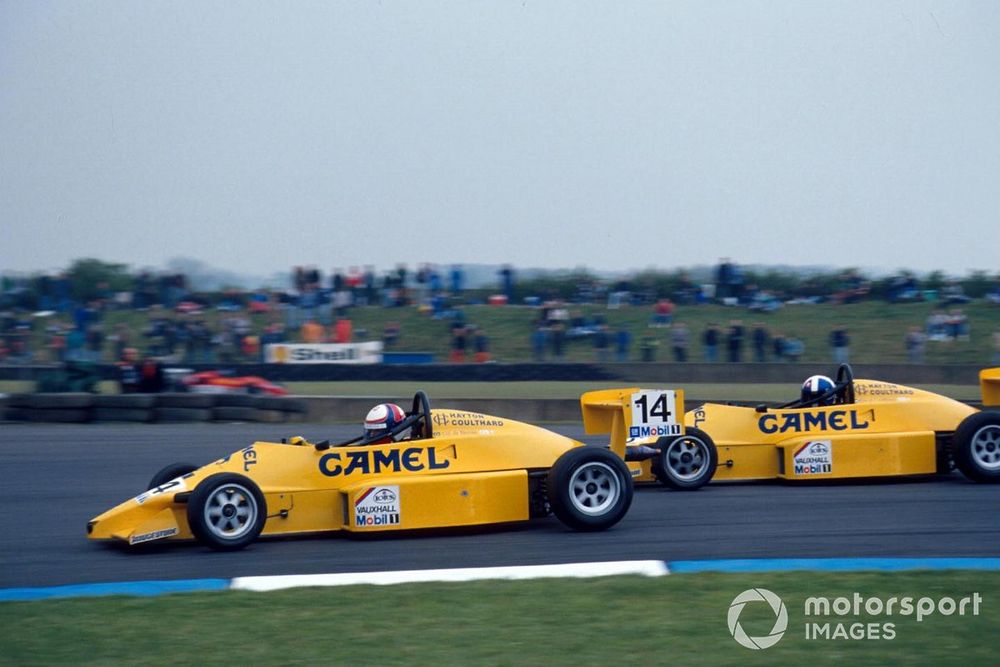Gil de Ferran meant an awful lot to a great many people in motorsport. The outpouring of shocked tributes following his unexpected passing at the age of 56 were universal in their respect for a racer who possessed all the attributes to be effective as a driver, team boss, sporting director and in driver development. Roger Penske, his boss from 2000 to 2003 in a spell that repositioned his team as the benchmark in US open-wheel racing after a few barren years, perhaps put it best when he described de Ferran as a man who “defined class as a driver and a gentleman”.
Obituary: Indy 500 winner and two-time IndyCar champion Gil de Ferran dies aged 56
The Brazilian’s career never graced Formula 1 as a driver, despite dominating the 1992 British Formula 3 championship and winning three times across two seasons in International Formula 3000. But F1’s loss was Indycar racing’s gain, and in an era that many consider to be its peak with competing chassis, tyre manufacturers and engine suppliers, de Ferran was a potent force with a technical understanding that made him an engineer’s dream.
In truth, de Ferran was an engineer in all but name. He spent three years studying mechanical engineering at university before heading to the UK to pursue his dream of becoming a professional racing driver.
“I spent all my time studying maths and physics, which by the way I loved, and I never came back really, so I’m a non-graduated engineering student I guess you can classify me!” he recounted to this writer at the Autosport International show in 2018.
“It was something that had always interested me. I went to engineering school because that’s what I wanted to do. It wasn’t like ‘I don’t know what to do, let’s do this.’ I loved math, I loved physics, I loved design, I loved everything to do with it.
“I remember even back in Brazil in Formula Ford, like ‘hey, why don’t we try a different suspension geometry? Just cut here and weld that there’ and whatever. It wasn’t very sophisticated at the time, but still you make the change, drive the car, put back the change, drive the car again and start learning what does what. All those lessons were invaluable.”
That passion had been formed at a young age. He learned as a youngster to take his go-kart apart and rebuild it to understand how everything worked. The same analytical methodology was applied to his racing.
Photo by: Motorsport Images
De Ferran…
Click Here to Read the Full Original Article at Motorsport.com – IndyCar – Stories…

